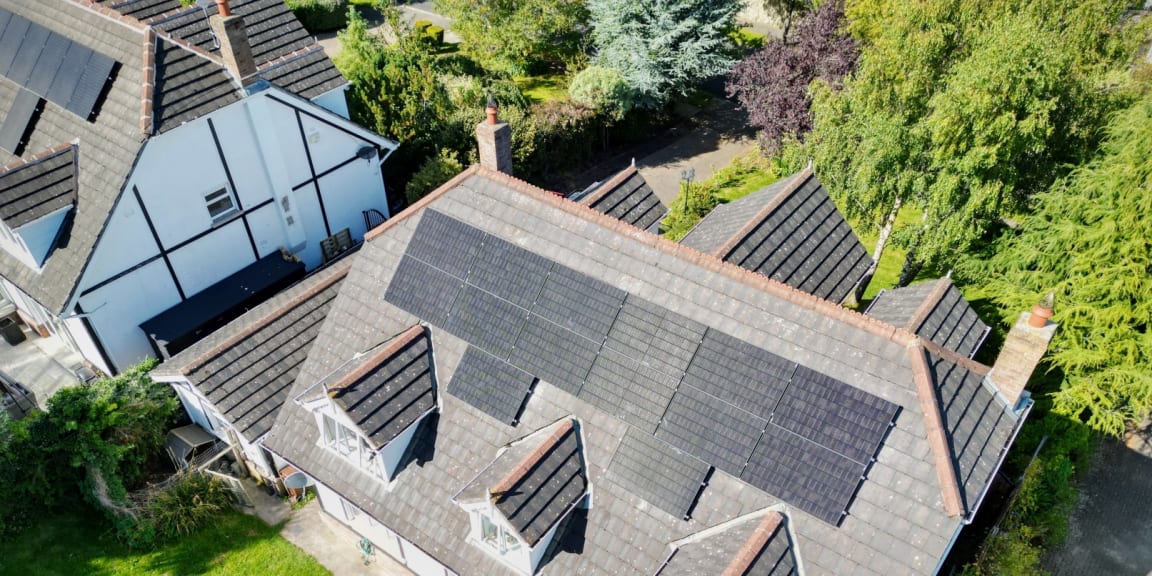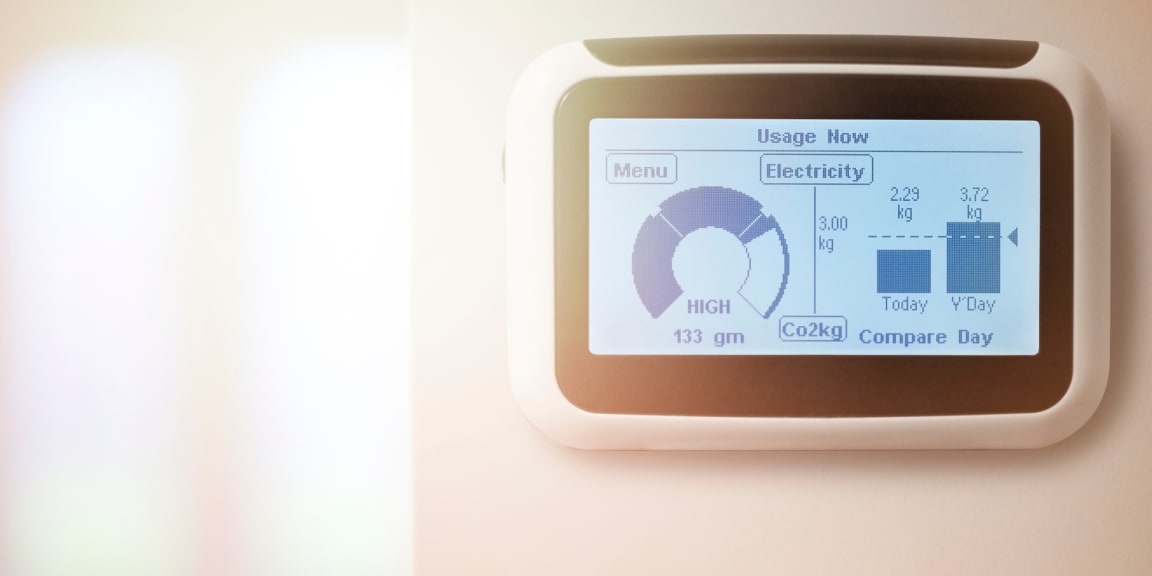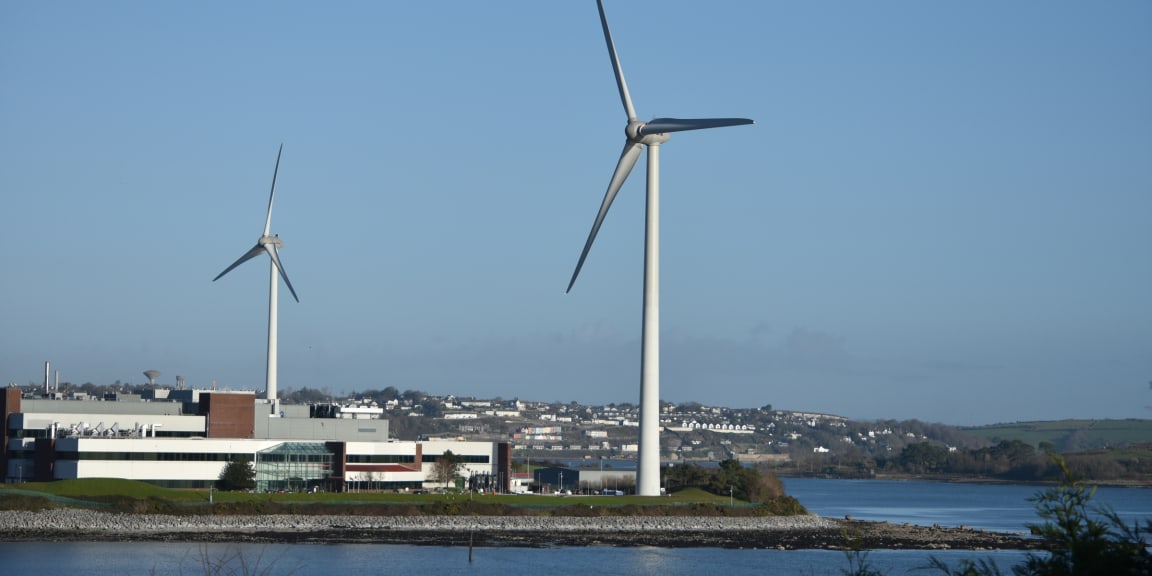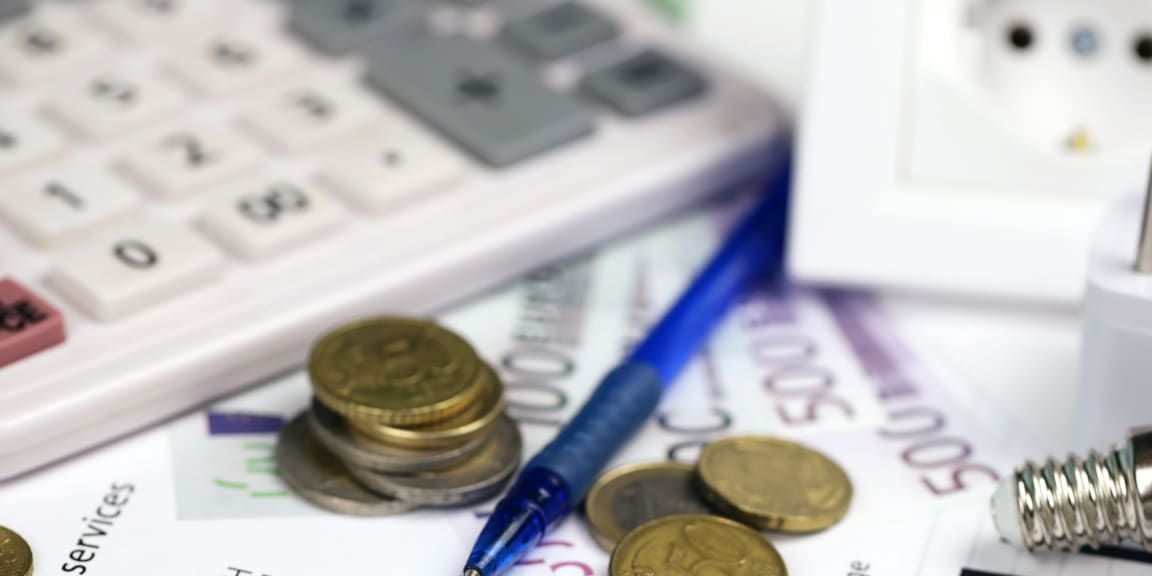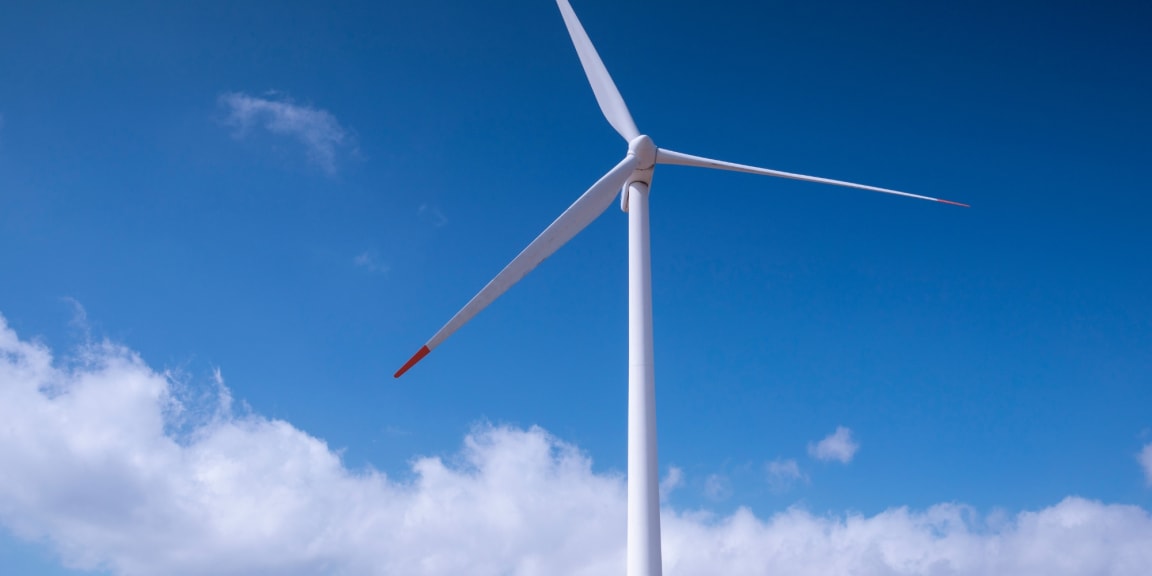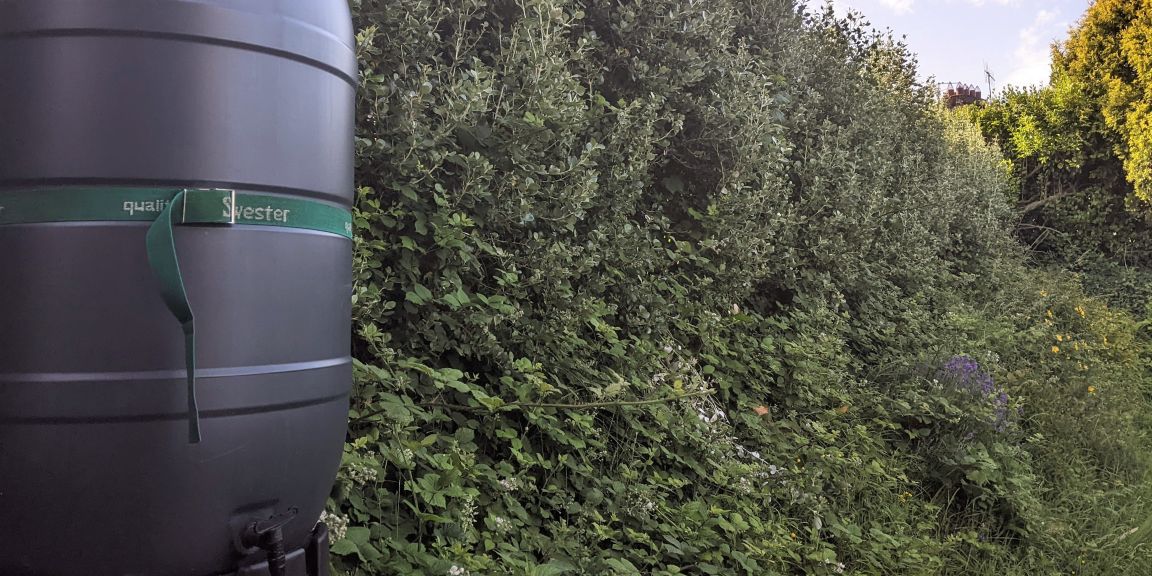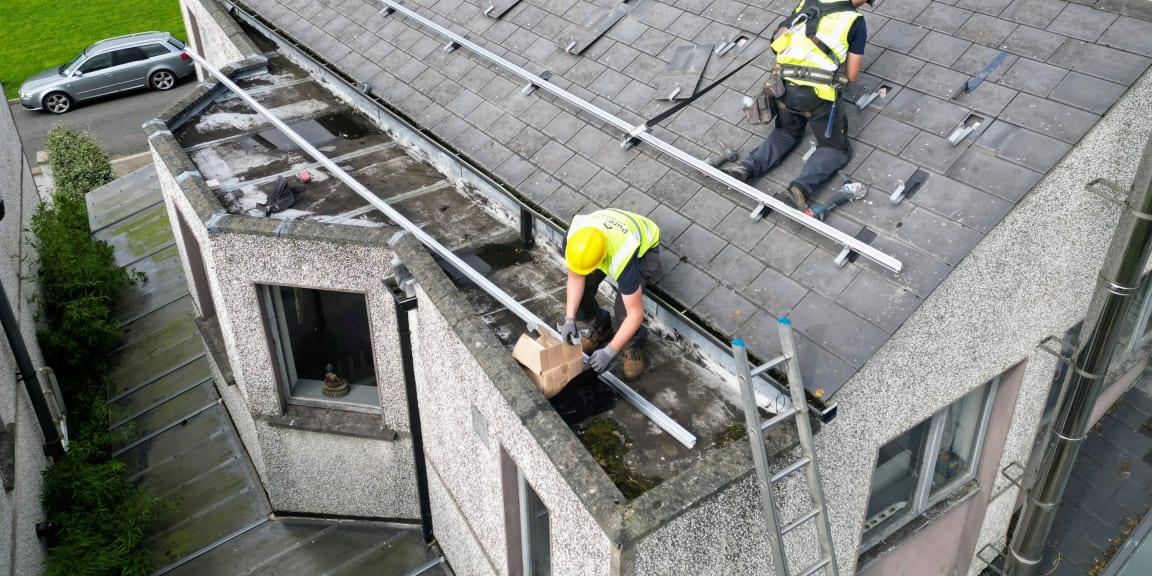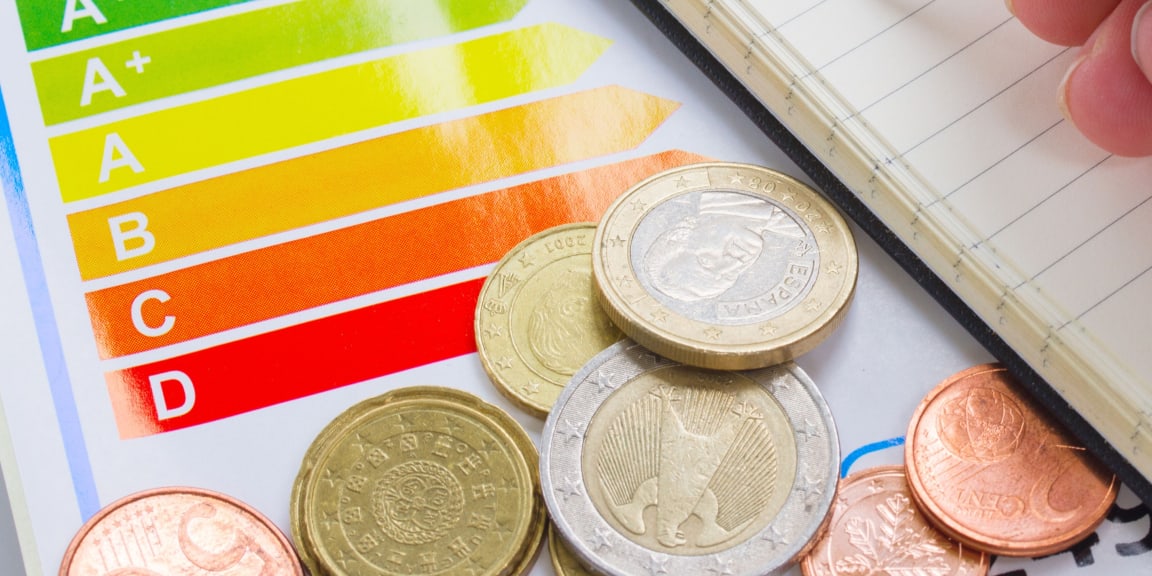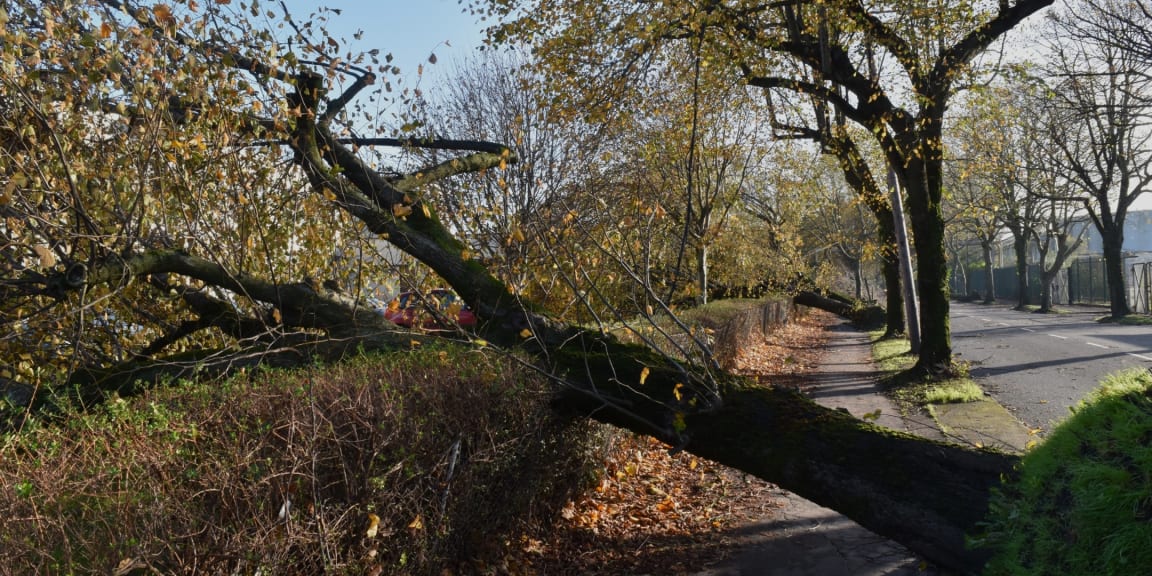
Solar equipment guide All the parts of a domestic solar panel system explained
On this page:
What are all the parts? What do they do? How does the electricity flow?
Here, we'll go over all the main components, what they do, and how the entire system functions both when the panels are generating during the day and when they are off at night.
Section 1: Main components of a domestic PV solar system
There are 5 main components to a home electric solar panel system:
- Solar panels
- Roof mounting system
- Inverter
- Solar battery (optional)
- Hot water immersion diverter (optional)
Let's go through each one.
The solar panels
The main part! The solar panels produce DC (direct current) electricity at varying voltages (depending on the conditions and how they are connected). They work both in direct sunshine and on cloudy days too.

Roof mounting system
The first part of the installation is fitting the roof mounting system. It's essentially a large frame that's mounted to your roof to hold the solar panels. It can be installed on almost any type of roof, although some are easier than others. We'll always inspect your roof in person before finalising the system design to ensure the mounting plan is suitable.

Inverter
The DC electricity produced by the panels needs to be changed to AC (alternating current) for your house to use. That's the main role of the inverter. Your solar panels also produce a varying voltage depending on the sun's strength, and it's the inverter's job to convert that to a nice consistent 240V which your house runs at.
The inverter is also the brains of the system. It controls where the power flows to and from, logs all the data, and sends it out to the various apps you can monitor your system.

Storage battery (optional)
An optional part of the system is a storage battery. South-facing panels will produce the most electricity during the middle of the day, whereas most households use more in the mornings and evenings. The idea of the storage battery is to store the excess power from the middle of the day to use during those peak consumption times later on.
You might hear the term "hybrid inverter". That's an inverter that can also connect to storage batteries, so you'll need a hybrid inverter if you have storage batteries. Again, the inverter is the brains of the operation, controlling when the battery is charged and discharged.
Other options for using the excess electricity include a hot water diverter, or selling the power back to the grid.
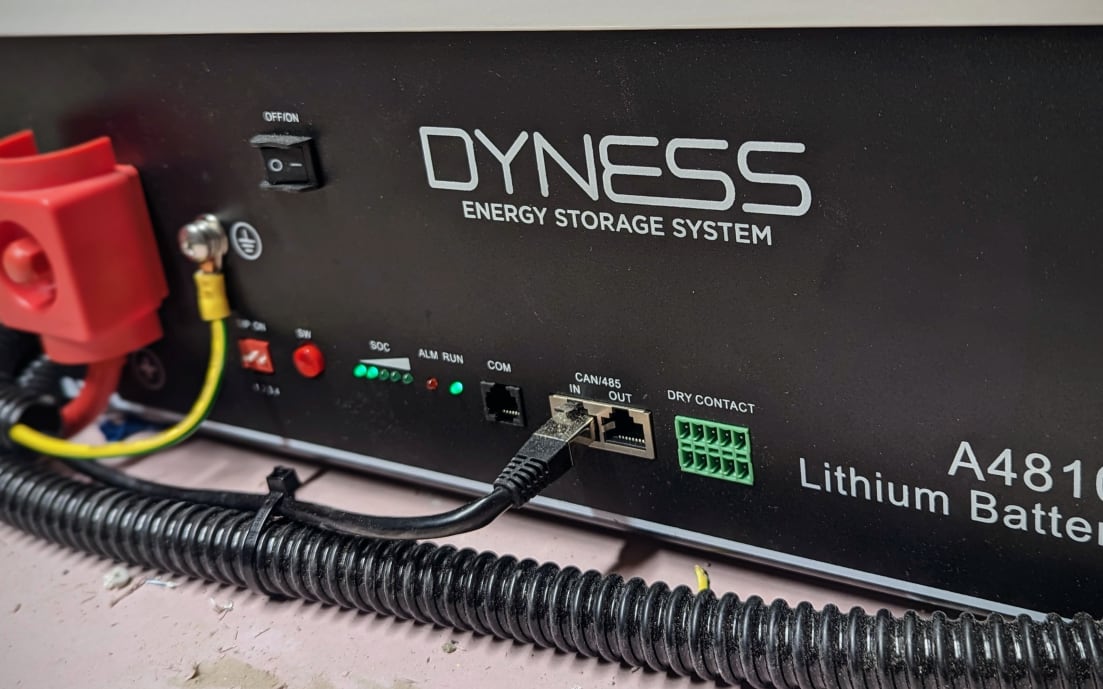
Hot water immersion diverter (optional)
Another use of excess electricity is to heat your hot water tank through an immersion heater. We certainly can install one if you wish, but heads up that we generally don't recommend these any more for most people. Since the advent of smart meter tariff plans, they are poor value for money for most people.
Section 2: Where the electricity from your panels goes
Domestic PV solar systems are highly efficient, automatically diverting electricity to optimize the use of the power you generate.

Priority #1: running your home
Electricity from your solar panels is first used to run your home. The electricity always goes here before anything else like charging a storage battery or hot water diverters.
Priority #2: charging the battery (if installed)
If your solar panels are generating more electricity than your home needs, any excess power will be used to charge your storage battery, if you have one.
Priority #3: hot water diverter (if installed)
If you still have excess power after meeting all the previous needs, the hot water diverter (an optional component of a solar PV installation) will activate. Any surplus electricity that your home doesn't need, and that doesn't go into a fully charged battery, will be redirected to an immersion heater in your hot water tank, creating hot water for later use.
Priority #4: responsive electric car charger (if installed)
Certain models of electric car chargers (for example, the Zappi EV car charger) can be connected to your solar PV system and set so that they take any overflow excess power. This is a great way to use any spare electricity, as the car charger will turn on and off automatically to soak up any unused electricity.
Priority #5: give / sell power back to the grid
The final option for unused electricity generated by your panels is to send it to the grid for others to use.
Ireland has a feed-in tariff, which means you'll be paid for any excess electricity you send back to the grid. The rates vary depending on your electricity supplier.
Section 3: What happens if my house needs more electricity than the solar panels are generating?
If your home needs more power than your panels are generating, the system will top it up firstly by drawing from the battery, and then from the grid. The system can use all three sources of electricity at the same time.
